In the 21st century, technology has leaped forward, giving us gadgets that have transformed our lives. From communication to transportation, these devices have set new standards and reshaped industries. Here are some of the most revolutionary tech gadgets that have made a significant impact.
Apple iPhone (2007)

The Apple iPhone, launched in 2007, redefined mobile communication with its innovative touch screen interface. Combining a phone, iPod, and internet communicator into one sleek device, it revolutionized the smartphone industry. Its user-friendly design and app ecosystem set a new standard for mobile technology.
Amazon Kindle (2007)
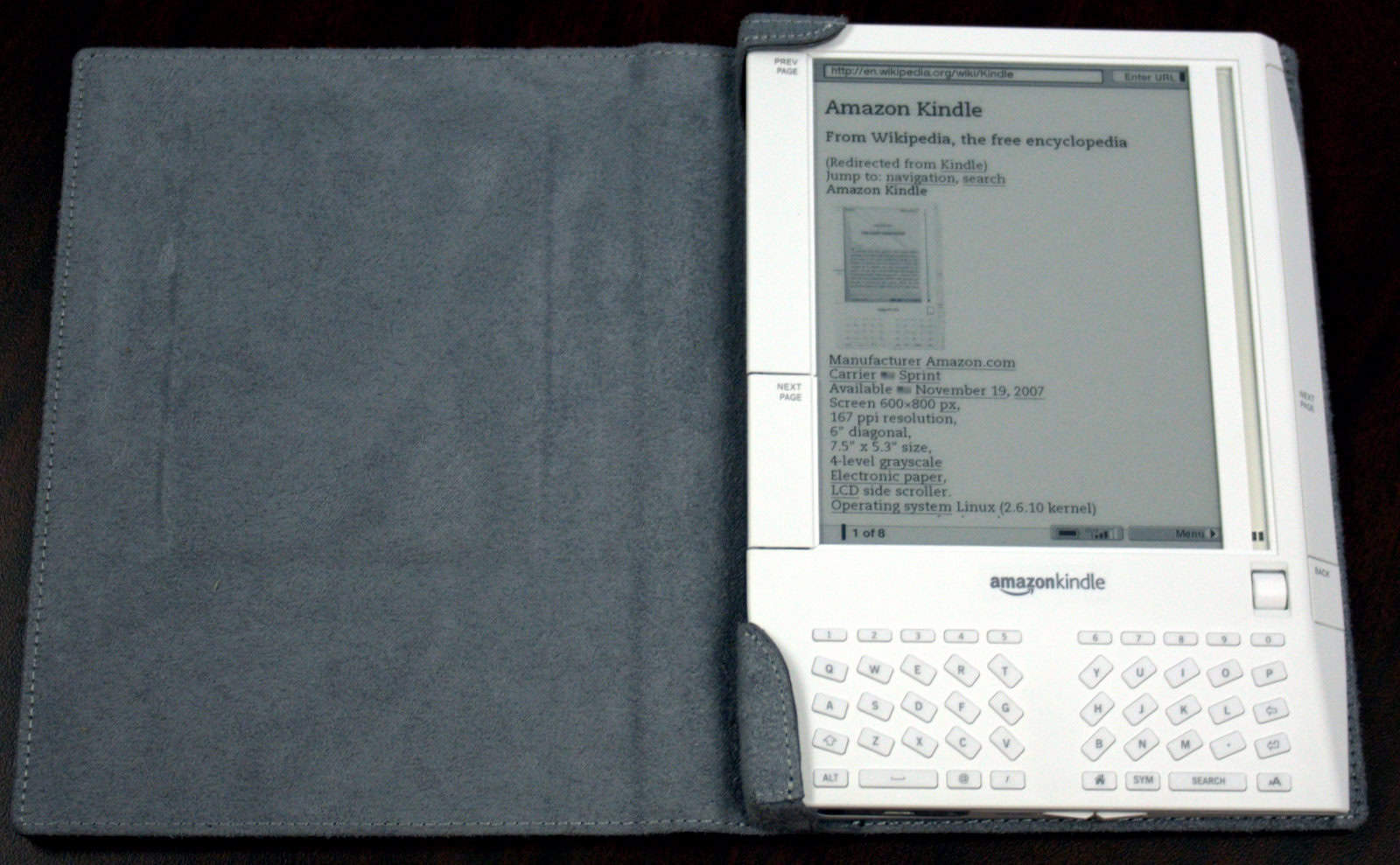
Introduced in 2007, the Amazon Kindle changed the way we read books. This e-reader allowed users to carry thousands of books in one portable device, making reading more accessible and convenient. Its E Ink display mimicked paper, reducing eye strain and improving battery life, making it ideal for long reading sessions.
Google Glass (2013)
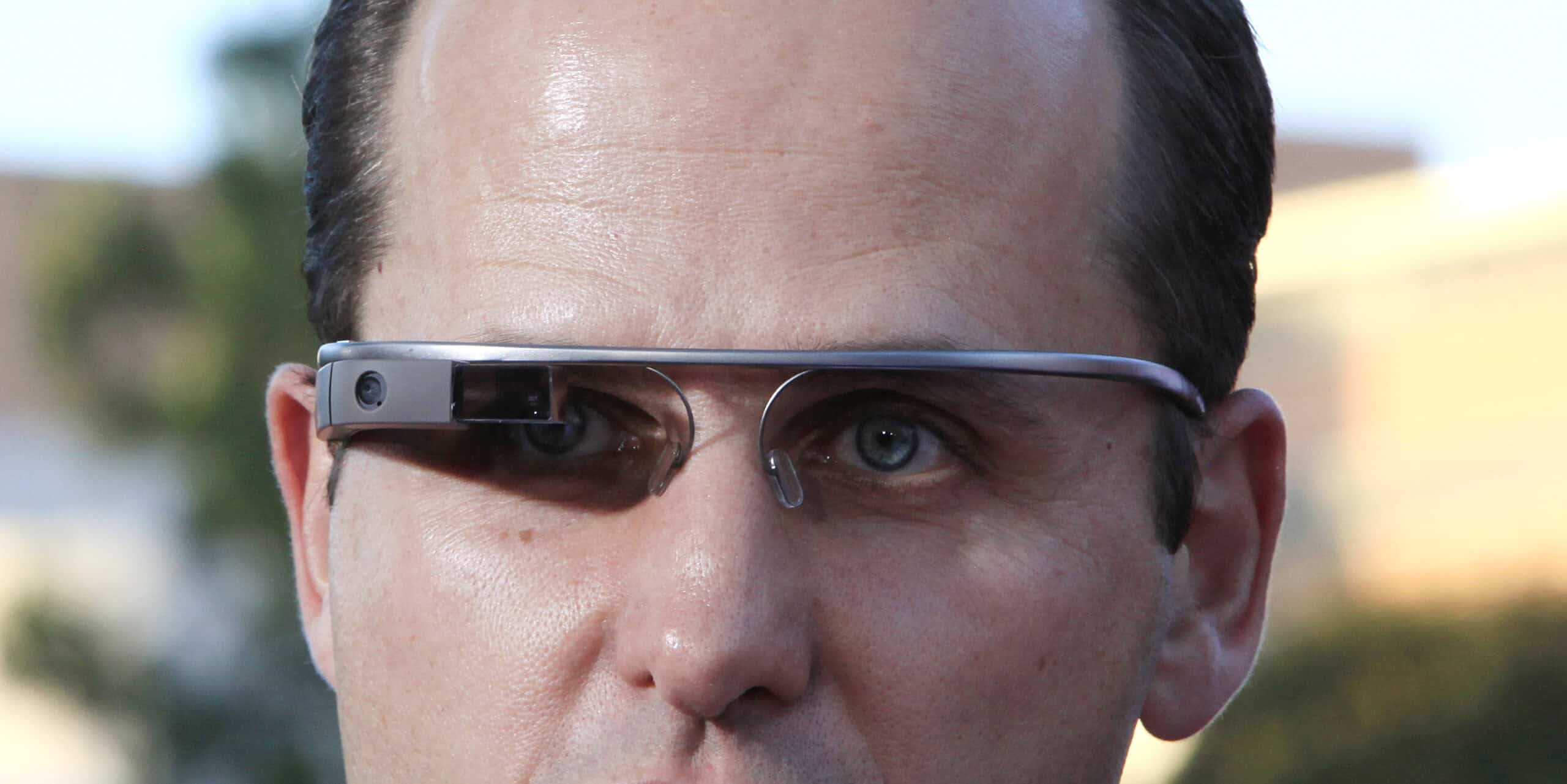
Launched in 2013, Google Glass introduced the world to wearable augmented reality. This smart eyewear featured a heads-up display, voice control, and a built-in camera, offering a glimpse into the potential of AR in everyday life. Despite its commercial challenges, Google Glass paved the way for future AR developments and applications in fields such as healthcare, manufacturing, and logistics. It showcased the potential of integrating digital information seamlessly into our daily activities, opening new avenues for innovation.
Apple Watch (2015)
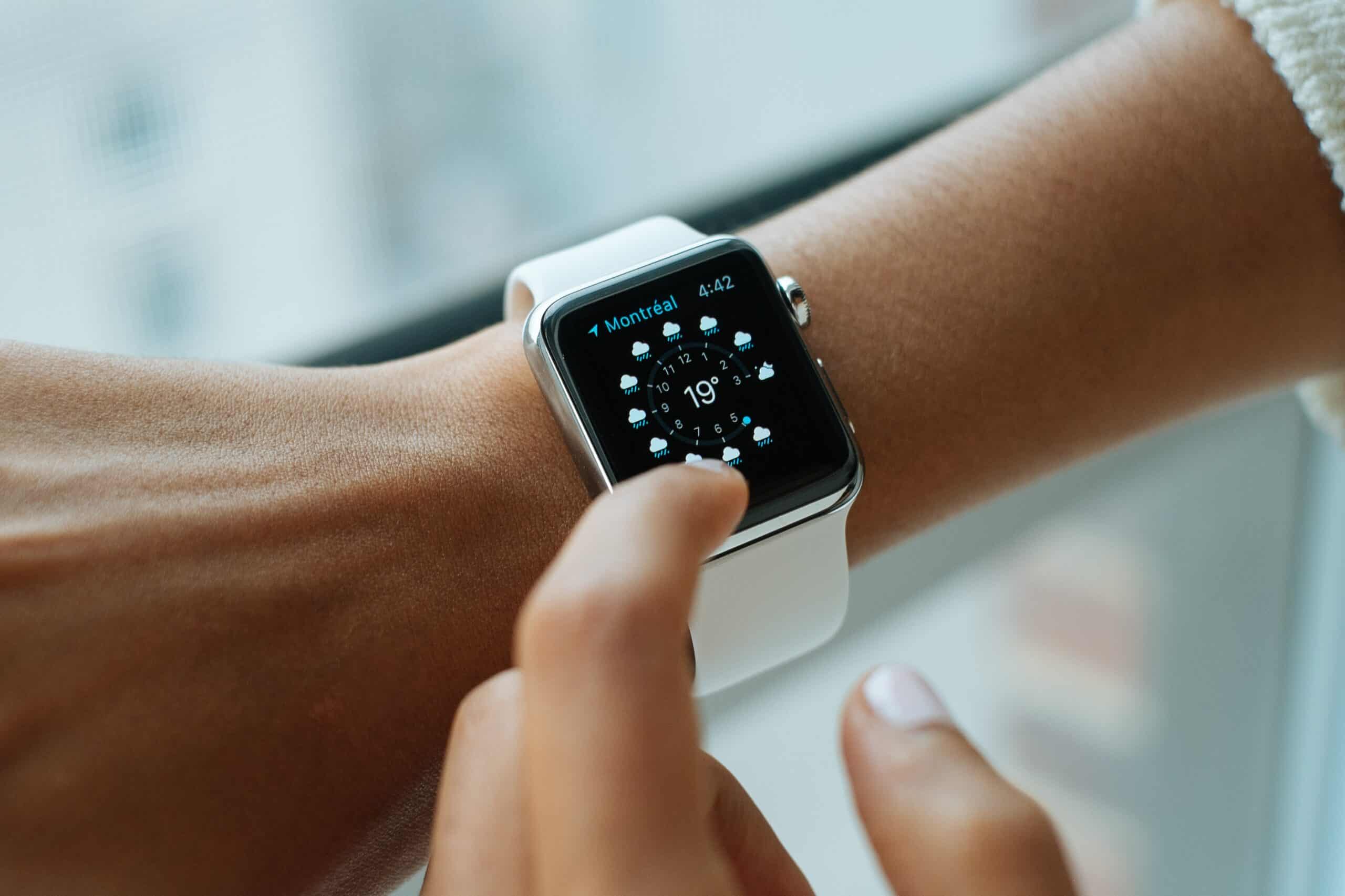
The Apple Watch, unveiled in 2015, brought smartwatches into the mainstream. Combining fitness tracking, notifications, and apps in a sleek, wearable device, it quickly became a must-have accessory. The Apple Watch’s focus on health monitoring, with features like heart rate tracking, ECG, and fall detection, set it apart from other smartwatches. Its seamless integration with the iPhone and the broader Apple ecosystem enhanced its functionality.
DJI Phantom (2013)
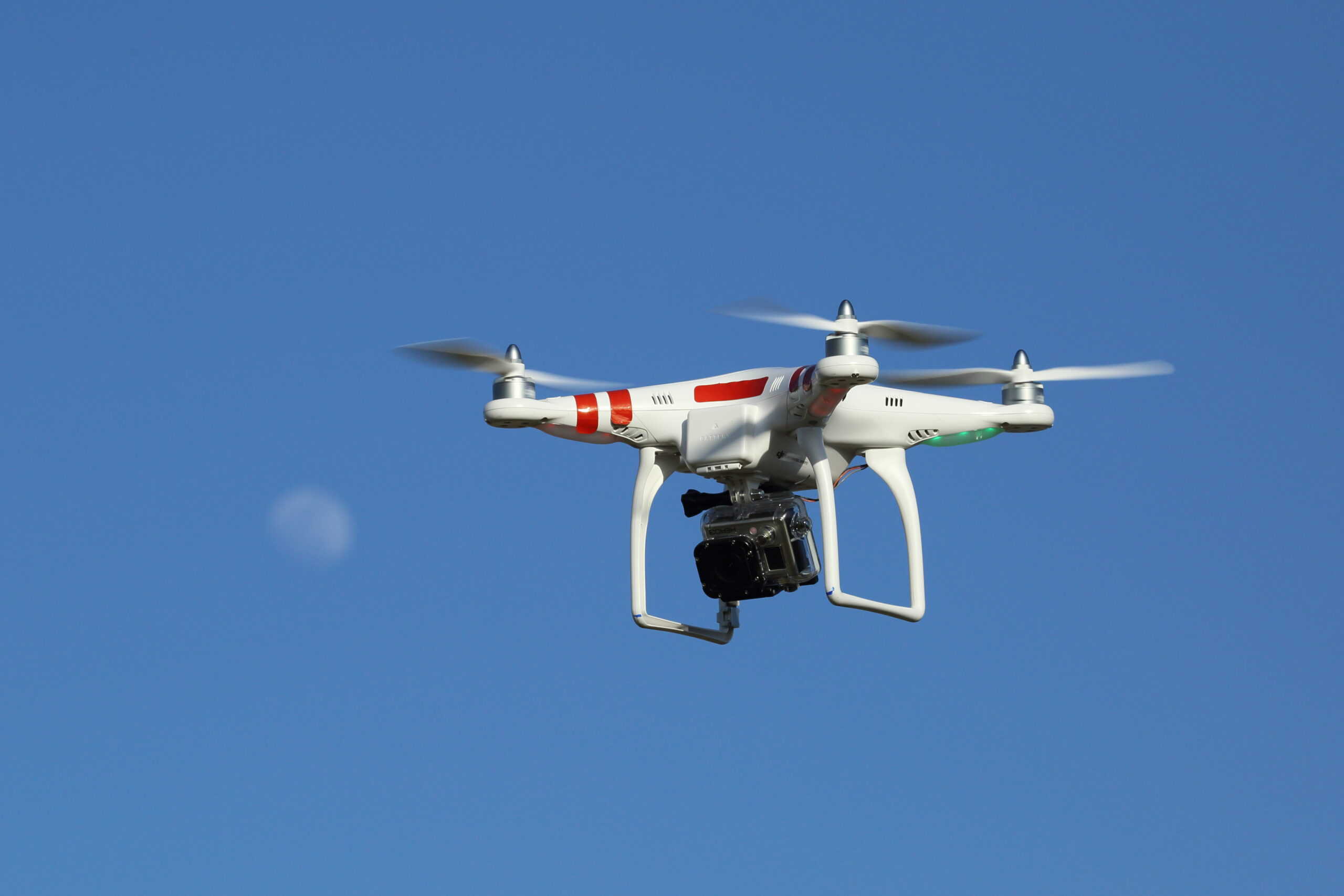
DJI’s Phantom drone, introduced in 2013, revolutionized aerial photography and videography. It made high-quality aerial shots accessible to both amateurs and professionals, thanks to its user-friendly design and advanced features like GPS stabilization, return-to-home functionality, and high-definition cameras. The Phantom’s ease of use and powerful performance set it apart from other drones, enabling artistic expression, industrial uses, and recreation. It played a crucial role in popularizing drone technology and establishing DJI as a leader in the industry.
Raspberry Pi (2012)
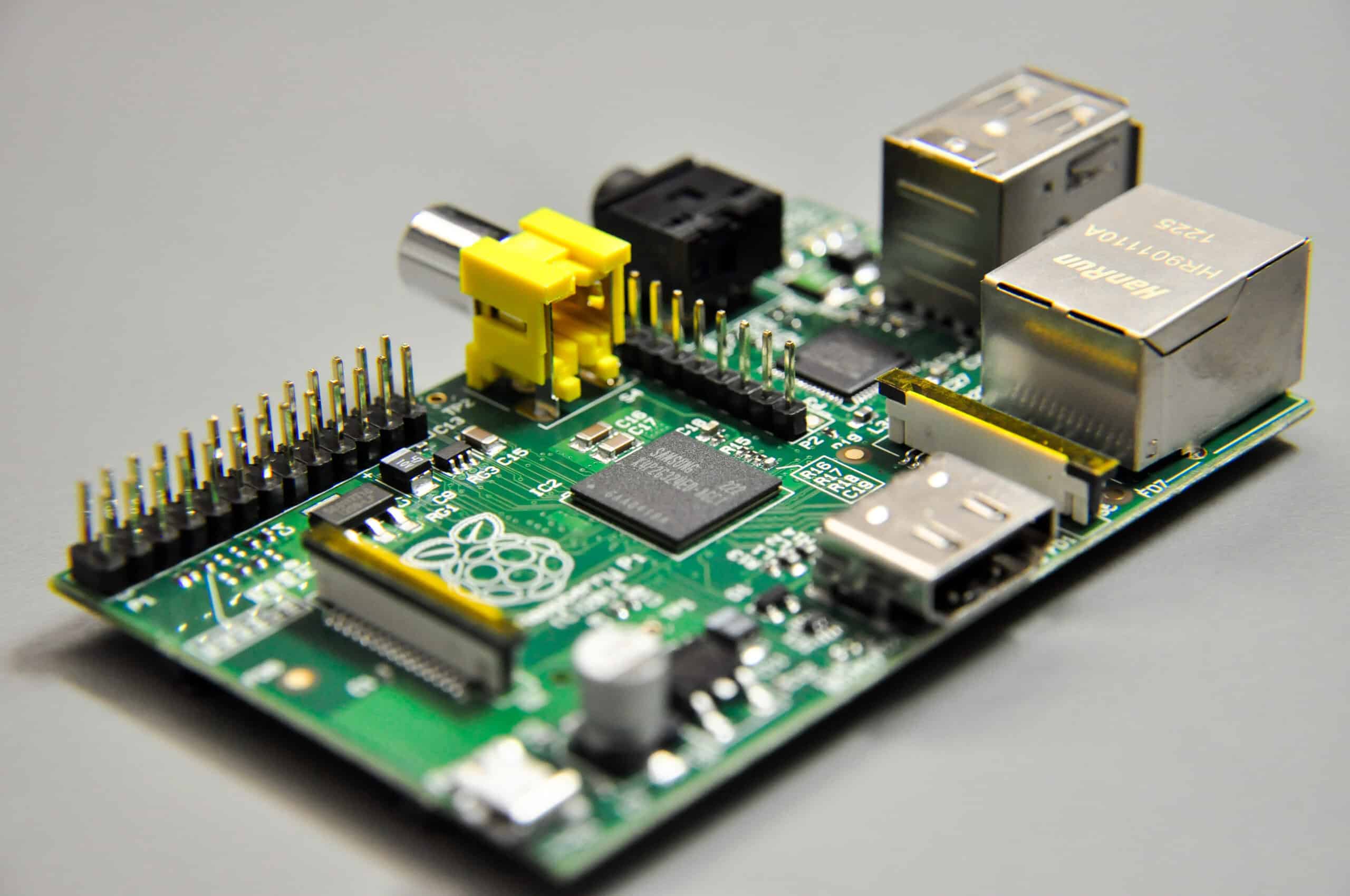
The Raspberry Pi, launched in 2012, democratized computing and coding education. This inexpensive, credit-card-sized computer made programming and electronics accessible to millions, inspiring innovation and learning in classrooms and homes worldwide. Its versatility allowed it to be used in a wide range of projects, from simple educational tools to complex industrial applications.
Oculus Rift (2016)
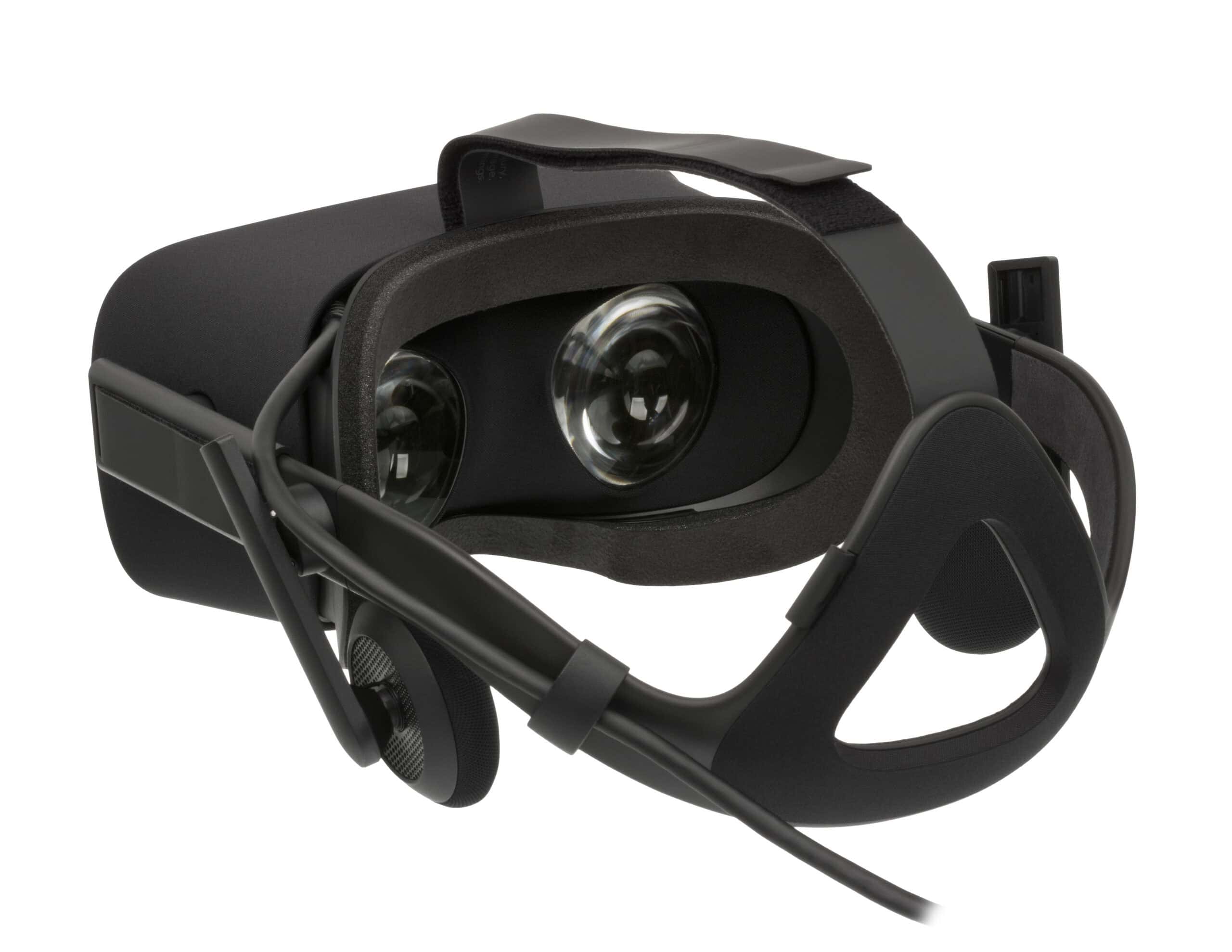
The Oculus Rift brought virtual reality into the mainstream. Developed by Oculus VR and released in 2016, it offered an immersive VR experience previously only dreamed of. The Rift’s distinct feature was its high-resolution display paired with precise head tracking. This made virtual environments feel incredibly real. The headset revolutionized gaming, entertainment, and even training simulations. With the Rift, users could explore new worlds from the comfort of their homes. It also sparked significant interest and investment in VR technology, leading to further advancements and widespread adoption.
Nest Learning Thermostat (2011)
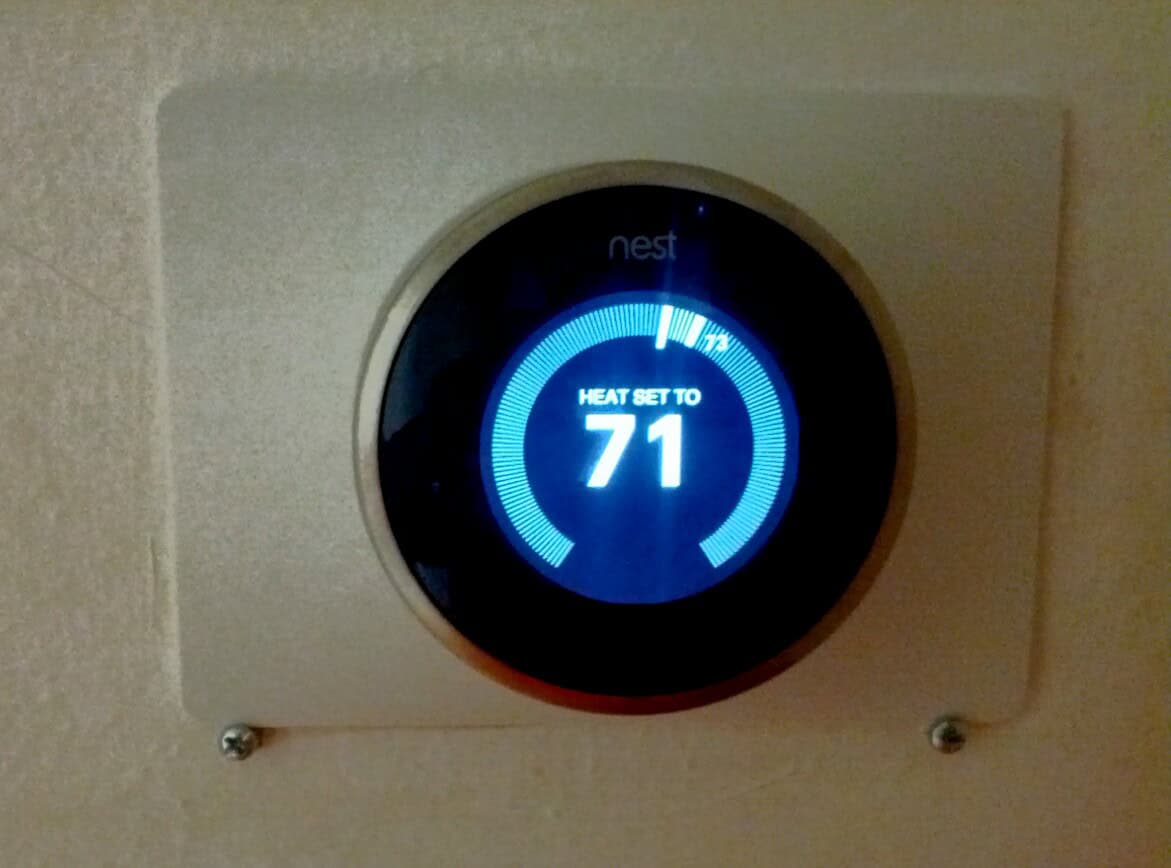
Nest introduced its Learning Thermostat in 2011, changing home climate control forever. It featured smart, self-learning capabilities that adjusted to users’ schedules and preferences. This device optimized energy use, reducing utility bills. The Nest Thermostat also integrated seamlessly with other smart home systems. It was revolutionary because it made energy efficiency effortless and accessible. The intuitive design and ease of use made it a popular choice among consumers.
Roomba (2002)
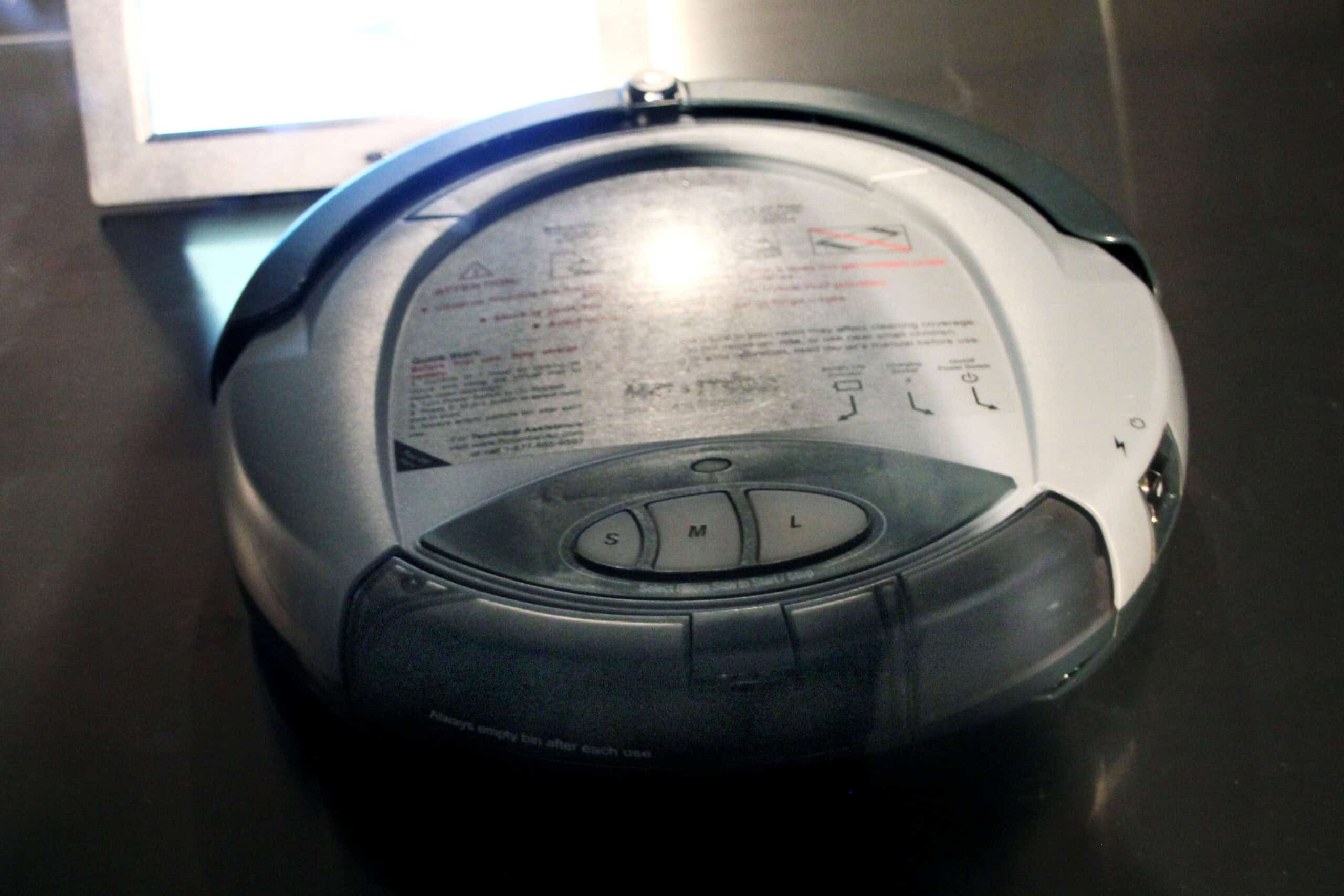
iRobot’s Roomba debuted in 2002, pioneering robotic vacuum cleaners. It featured autonomous navigation and cleaning capabilities, a novelty at the time. The Roomba could clean under furniture and navigate around obstacles effortlessly. This gadget revolutionized household chores, saving time and effort. Its success spurred the development of various home robots. The Roomba’s continuous innovation has kept it a leader in the market for robotic vacuums.
Nintendo Switch (2017)
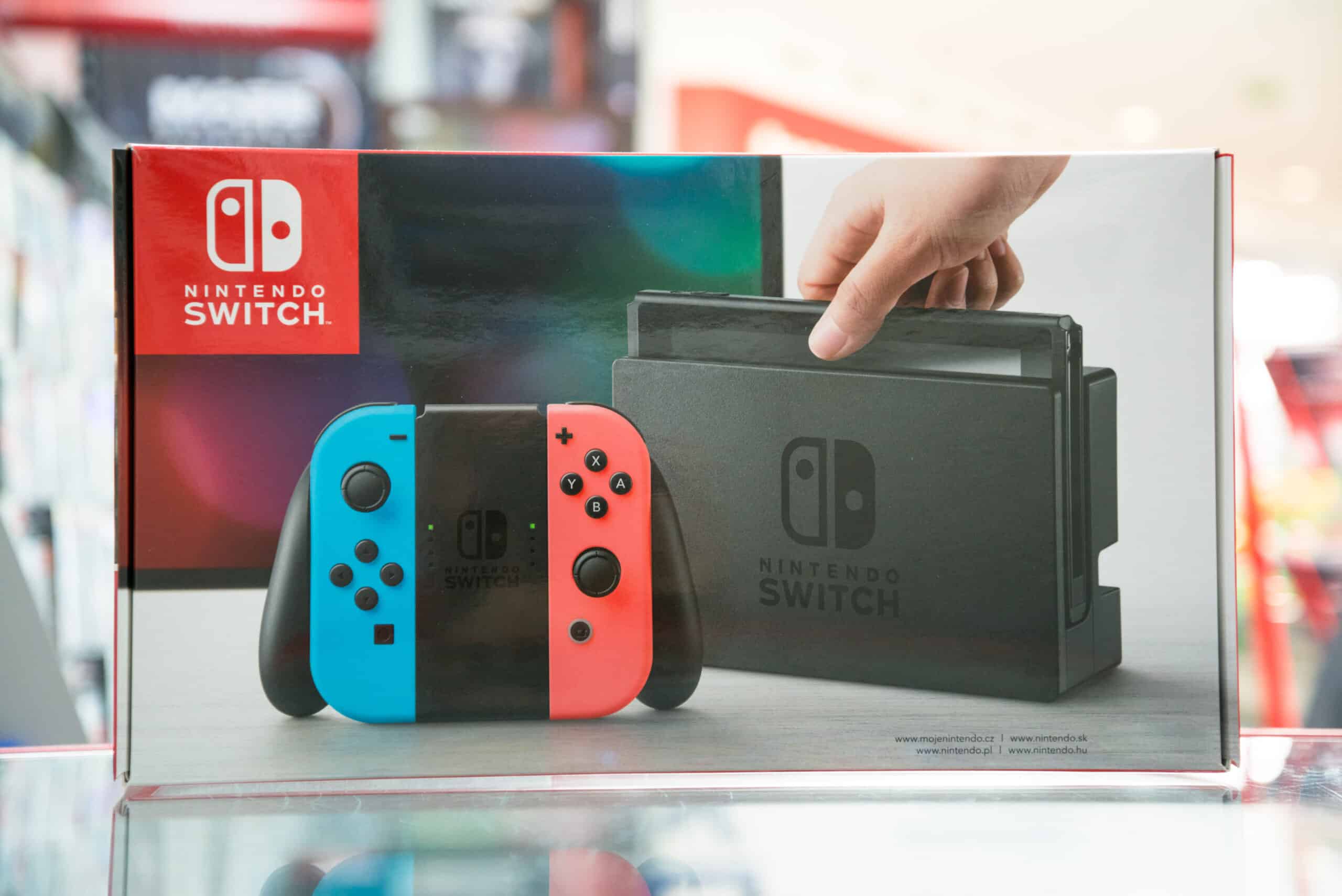
Nintendo launched the Switch in 2017, changing the gaming landscape. This console featured a unique hybrid design, functioning both as a handheld and a home console. Its versatility and ease of transition between modes set it apart. The Switch revolutionized how and where people could play games. It offered a flexible gaming experience that appealed to a broad audience. The console’s success reinforced Nintendo’s reputation for innovative hardware.
Google Home (2016)
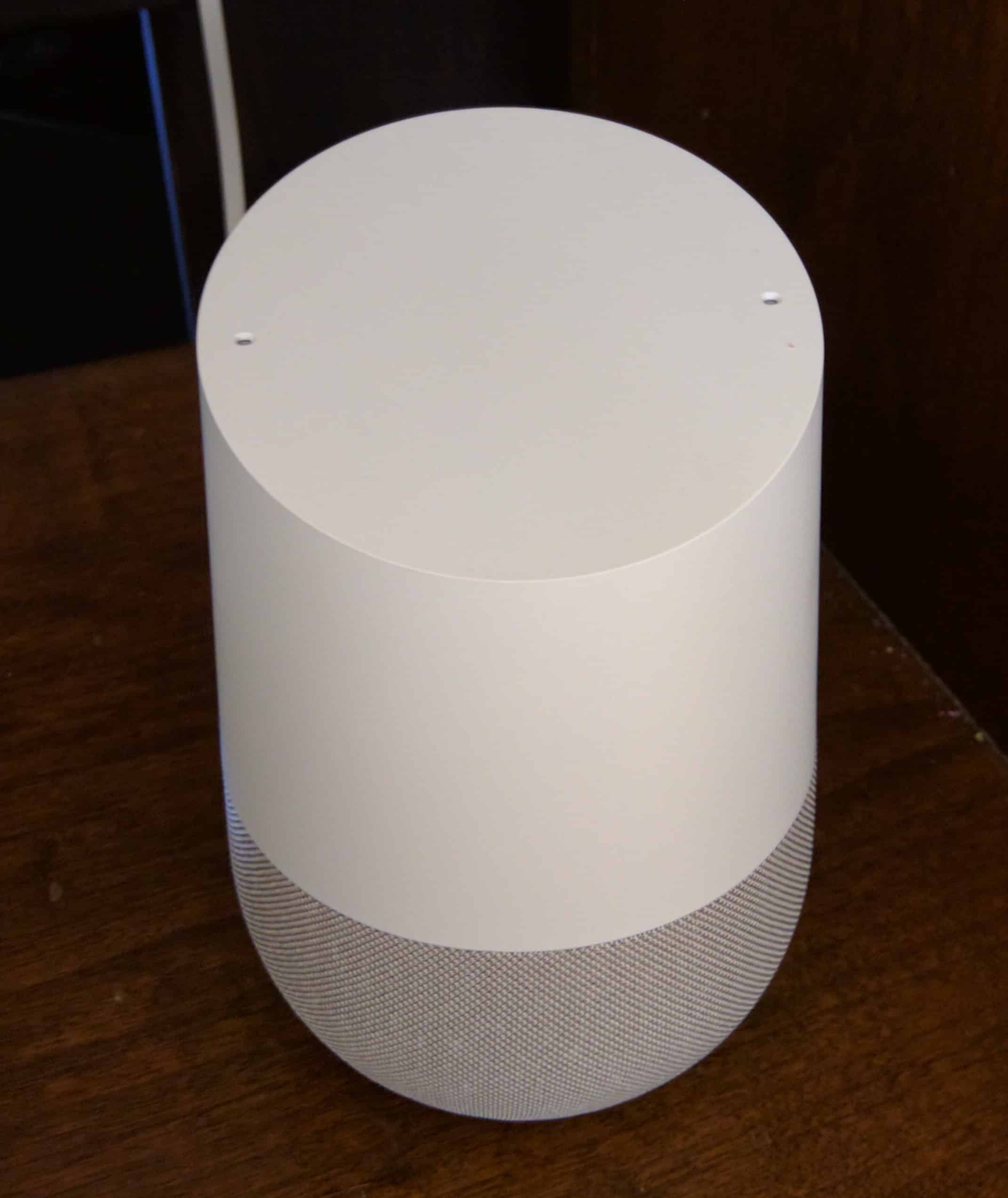
Google Home, introduced in 2016, brought voice-activated smart home control to many households. It featured Google Assistant, enabling users to control smart devices, ask questions, and manage tasks with their voice. This device integrated seamlessly with numerous smart home products. Google Home revolutionized the smart home industry by making voice control mainstream. The device’s ability to learn and adapt to user preferences enhanced its appeal.
Fitbit (2009)
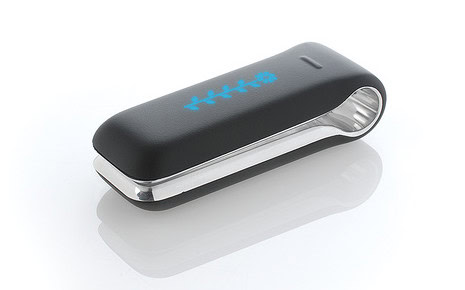
Fitbit launched its first fitness tracker in 2009, pioneering wearable fitness technology. It featured activity tracking, sleep monitoring, and a user-friendly interface. Fitbit devices encouraged users to lead healthier lifestyles by tracking their physical activity and providing insights. This wearable revolutionized personal health monitoring. It made fitness tracking accessible and popular among a wide audience. Fitbit’s continuous innovation and expansion into health metrics have solidified its place in the market.
Amazon Echo (2014)
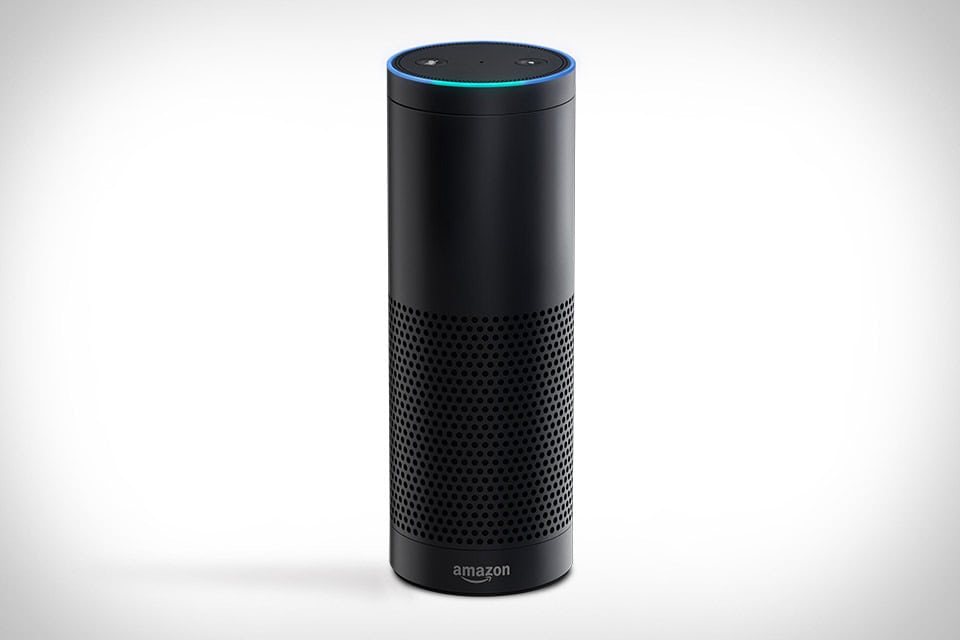
The Amazon Echo, launched in 2014, revolutionized smart home technology with its voice-activated assistant, Alexa. It integrated seamlessly with various smart home devices, making voice control of lights, thermostats, and other gadgets commonplace. Alexa could answer questions, play music, and provide news updates, enhancing everyday convenience. The Echo’s ability to learn and adapt to user preferences made it a must-have in modern households, setting a new standard for home automation.
Samsung Galaxy Fold (2019)
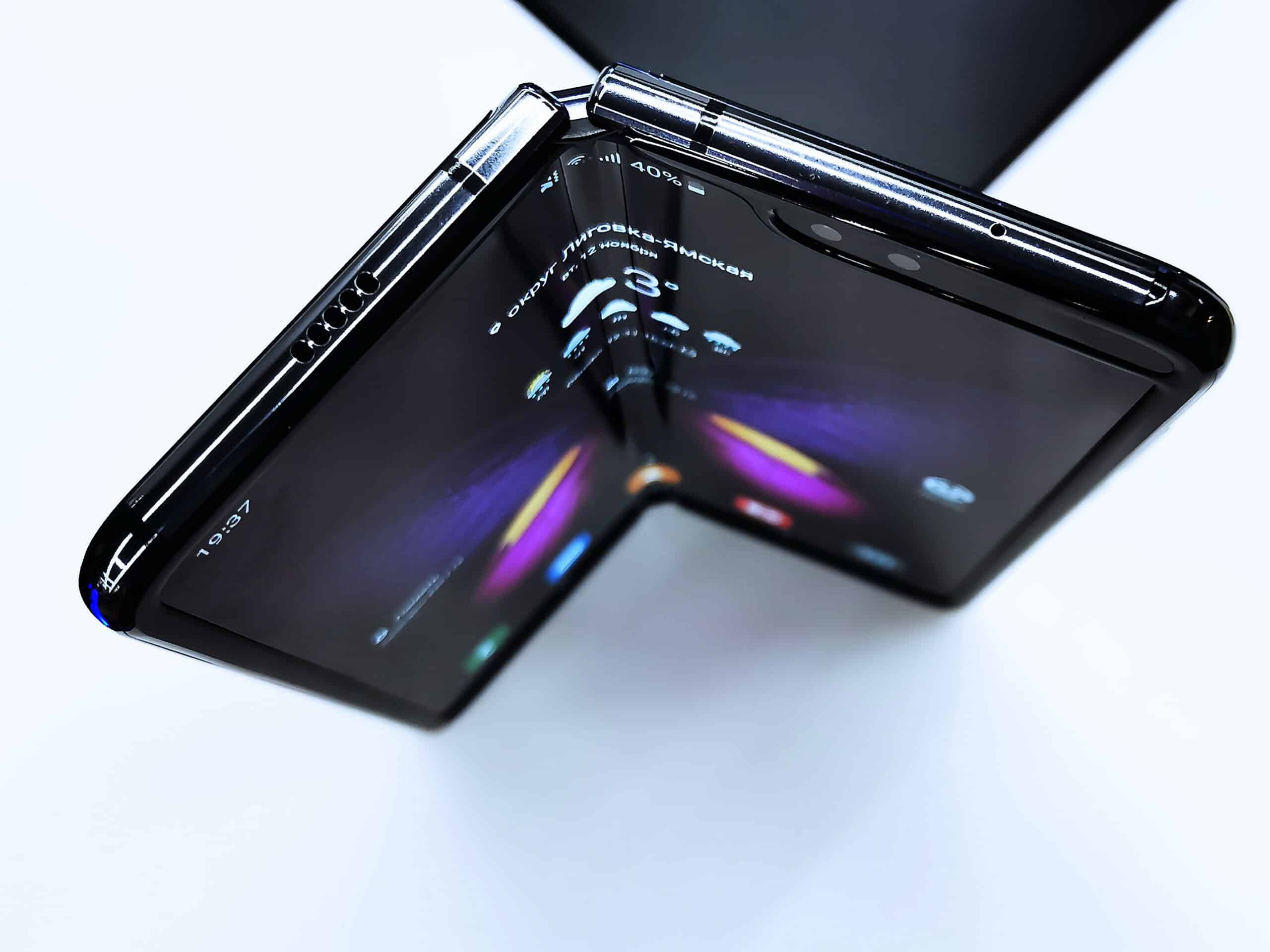
The Samsung Galaxy Fold, introduced in 2019, brought foldable smartphone technology to the forefront. Its innovative design combined the benefits of a phone and a tablet, featuring a flexible display that could fold and unfold seamlessly. This device showcased advanced engineering with its dynamic AMOLED screen and multi-active window functionality. The Galaxy Fold’s form factor opened new possibilities for multitasking and media consumption, pushing the boundaries of mobile technology.
Sony PlayStation VR (2016)
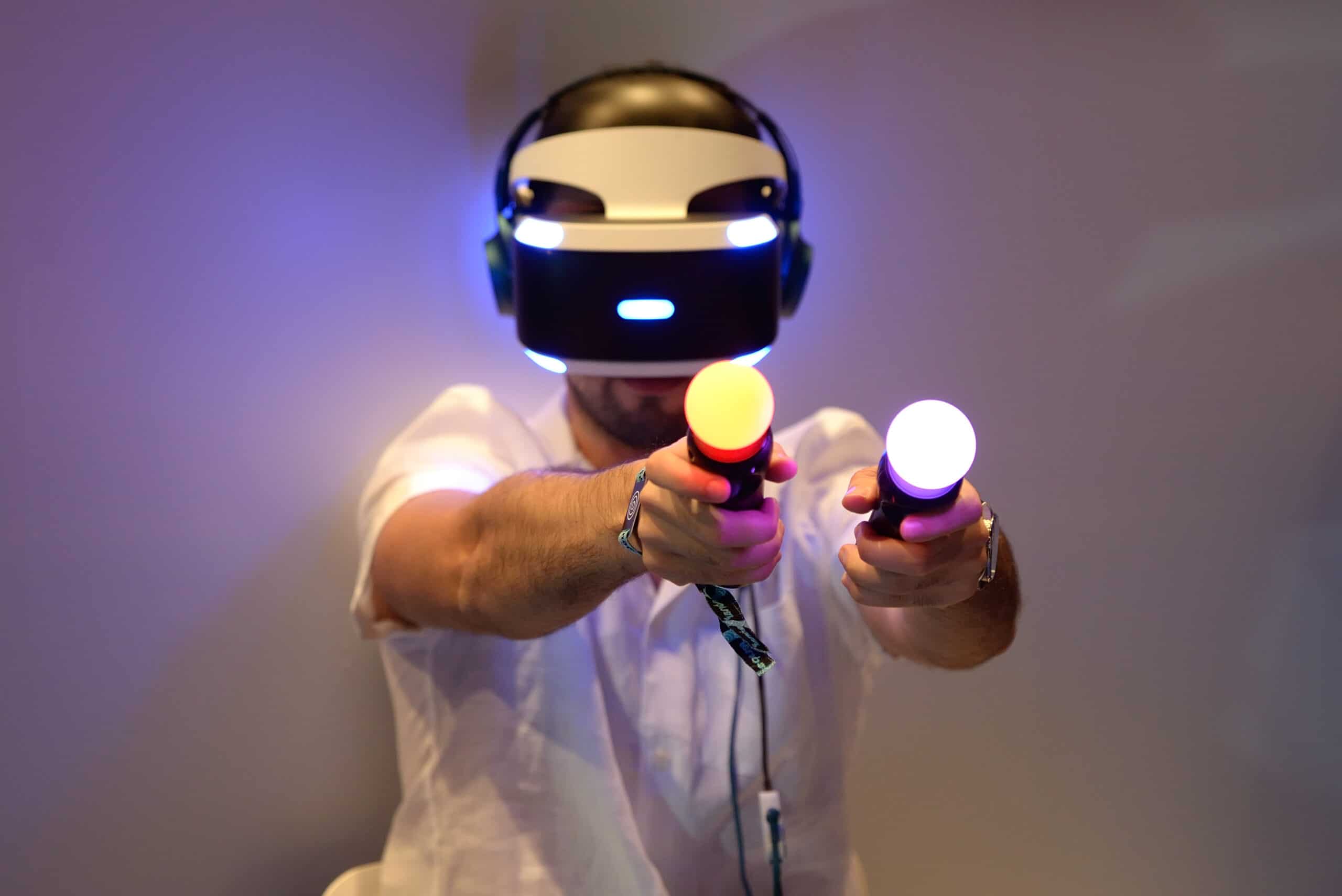
Sony PlayStation VR, released in 2016, brought virtual reality to console gaming. It offered an immersive gaming experience with a comfortable headset and precise tracking, making VR accessible to a wider audience. The system included a range of VR games and experiences, enhancing the PlayStation 4 ecosystem. Sony’s focus on comfort and user-friendly design helped popularize VR, significantly impacting the gaming industry.
Microsoft HoloLens (2016)
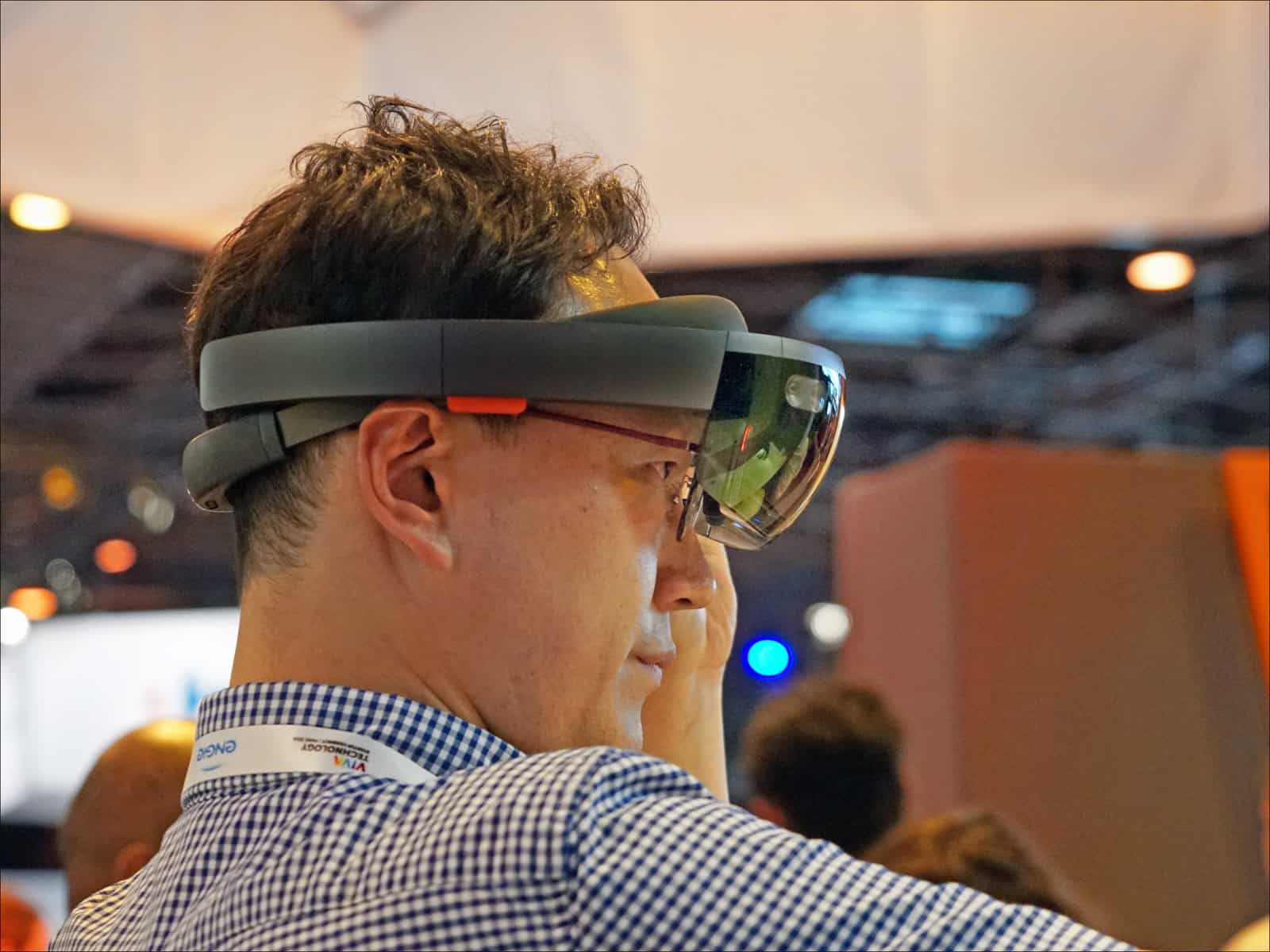
Microsoft HoloLens, launched in 2016, introduced augmented reality through its mixed reality headset. It blended digital content with the real world, providing interactive experiences for professionals and consumers. This device featured advanced sensors and spatial mapping, allowing users to interact with holograms in their environment. HoloLens opened new possibilities in design, education, and healthcare, demonstrating the potential of AR technology.
Apple iPad (2010)
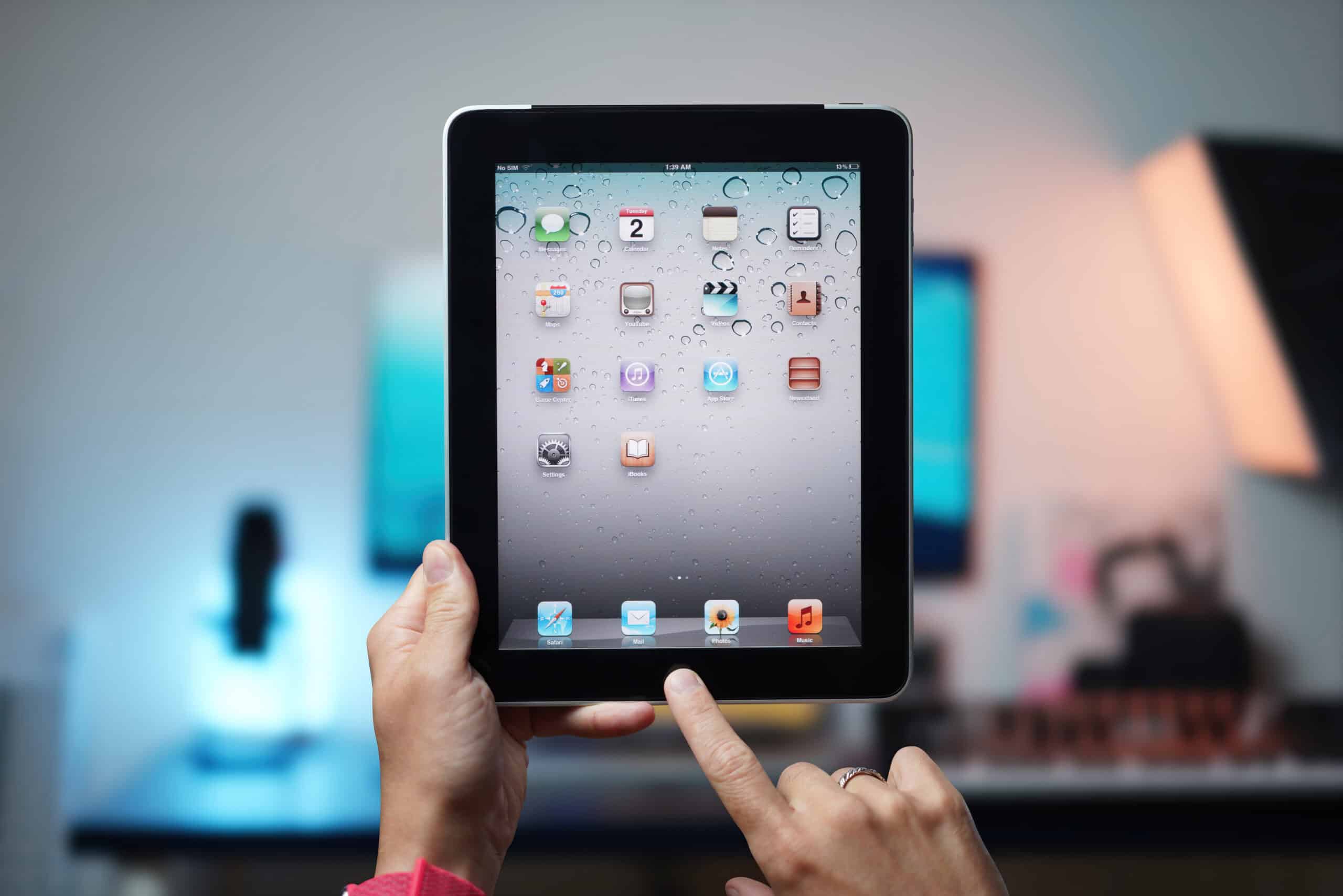
The Apple iPad, unveiled in 2010, transformed personal computing with its tablet form factor. It offered a versatile device for media consumption, productivity, and creativity, bridging the gap between smartphones and laptops. Its intuitive touch interface and extensive app ecosystem made it a popular choice for various tasks. The iPad redefined the market for portable computing devices, influencing the development of future tablets.
This article originally appeared on Rarest.org.
More from Rarest.org
The 19 Most Exotic and Least Known Horse Breeds

Horses have captivated human hearts for centuries with their beauty, strength, and diverse capabilities. Read More.
1951 Wheat Penny Value Guide

The Lincoln cent, also known as the Lincoln penny, has a face value of $0.01. The U.S. Mint has struck this coin since 1909. Read More.
1946 Roosevelt Dime Value Guide

Did you know that after being in circulation for 29 years, the Mercury Dime (also referred to as the Winged Liberty Head dime) was replaced by the Roosevelt Dime in 1946? Read More.
